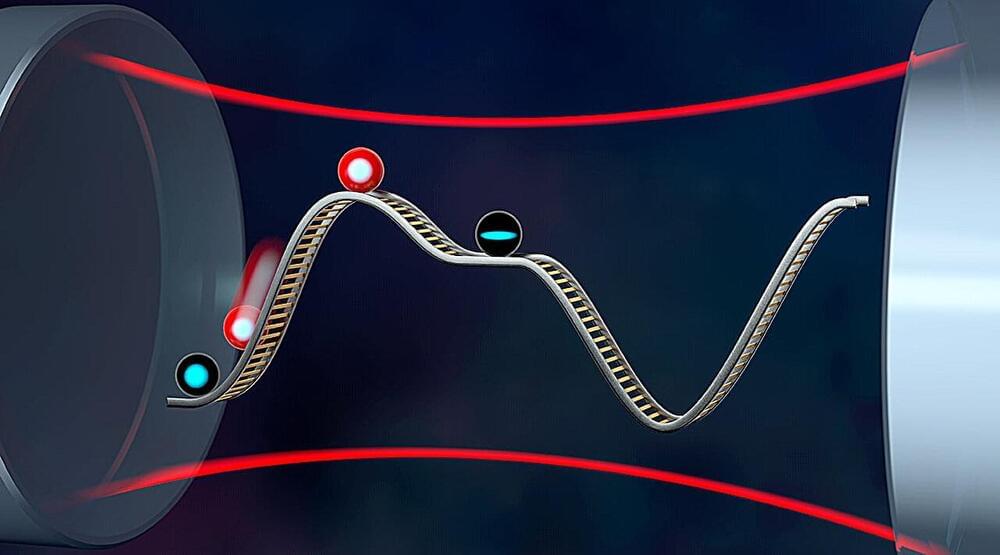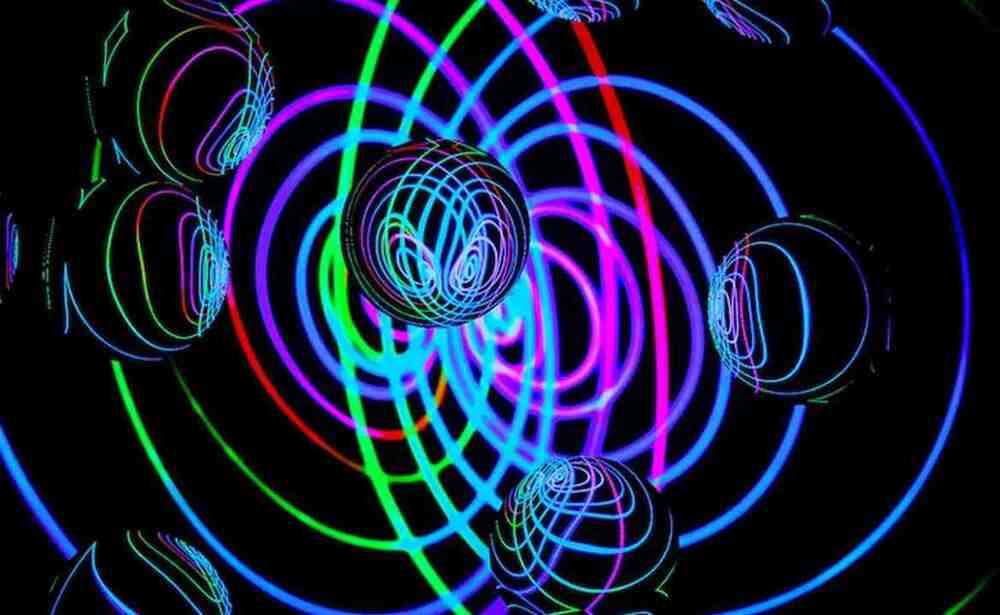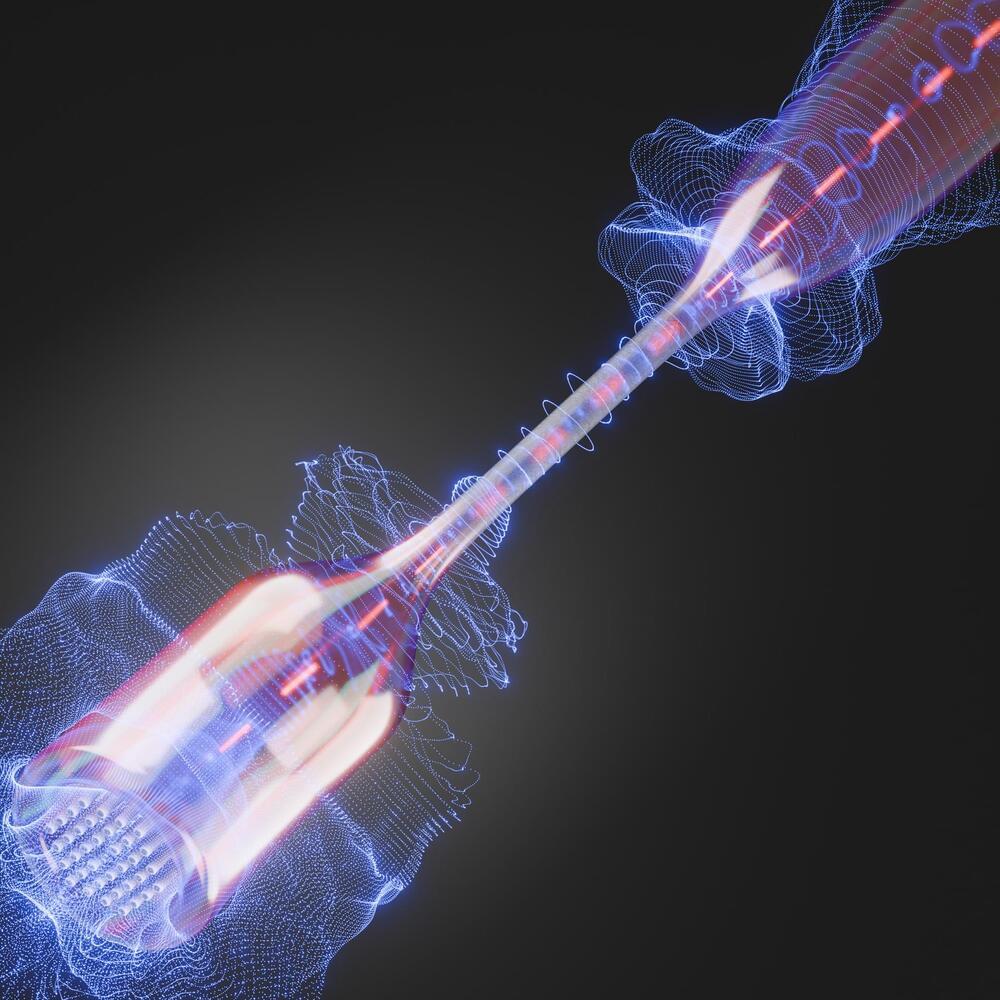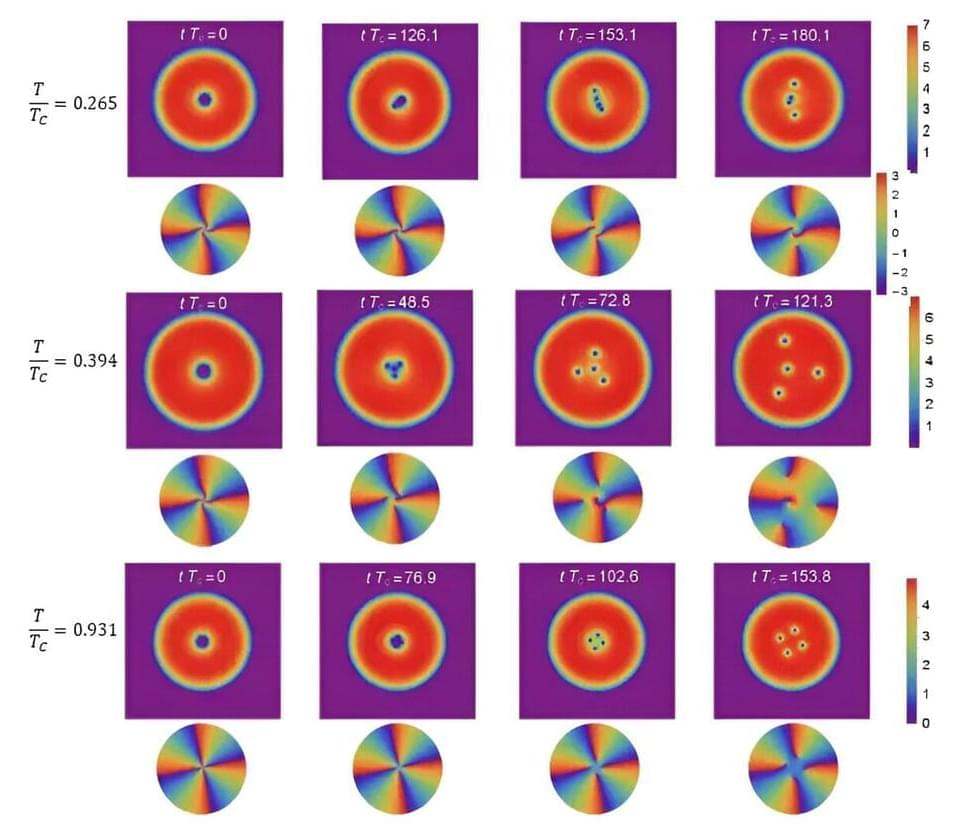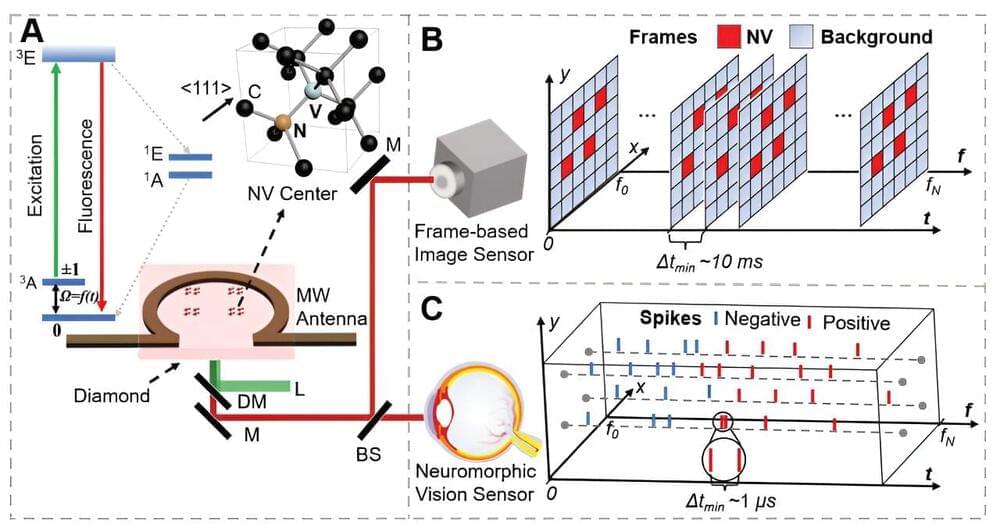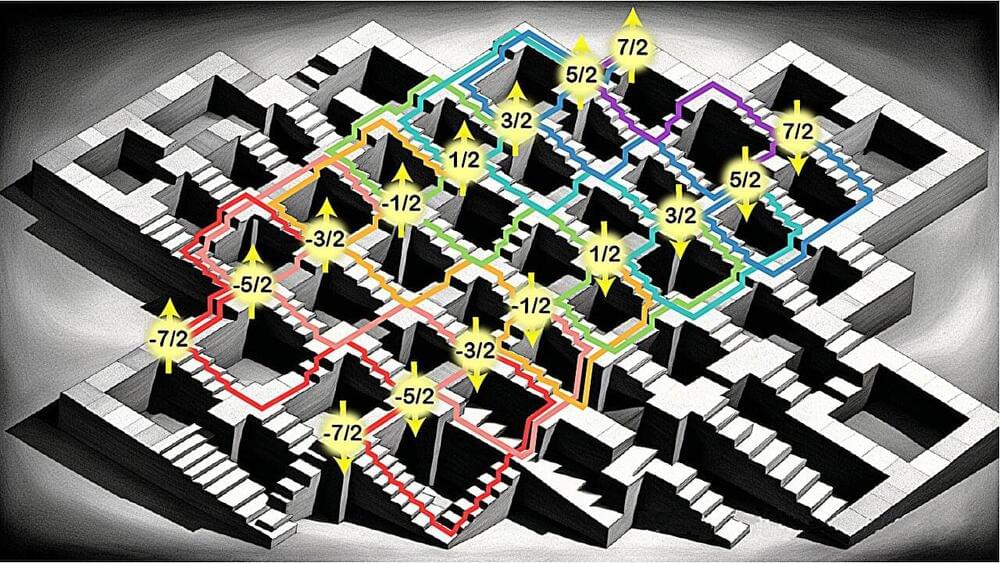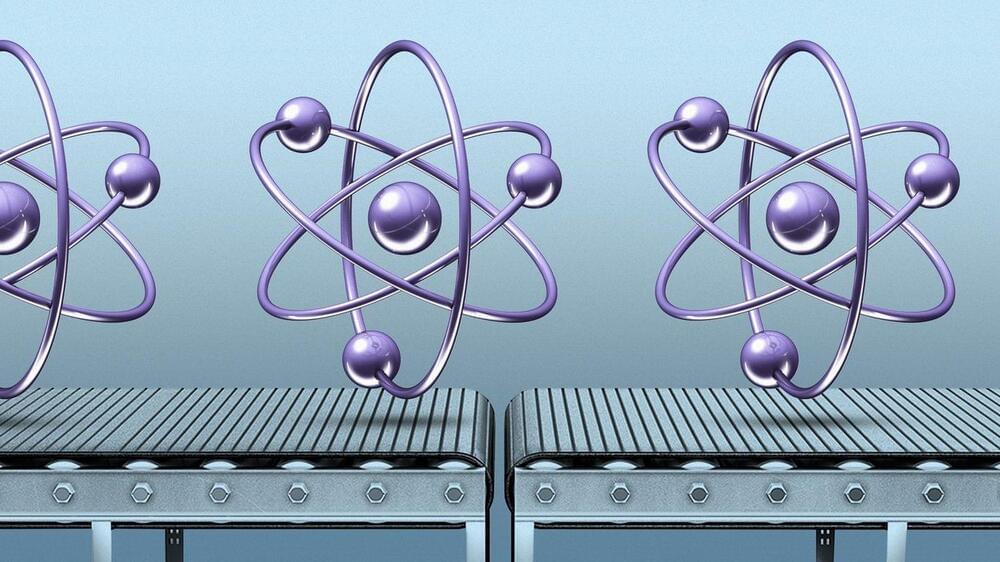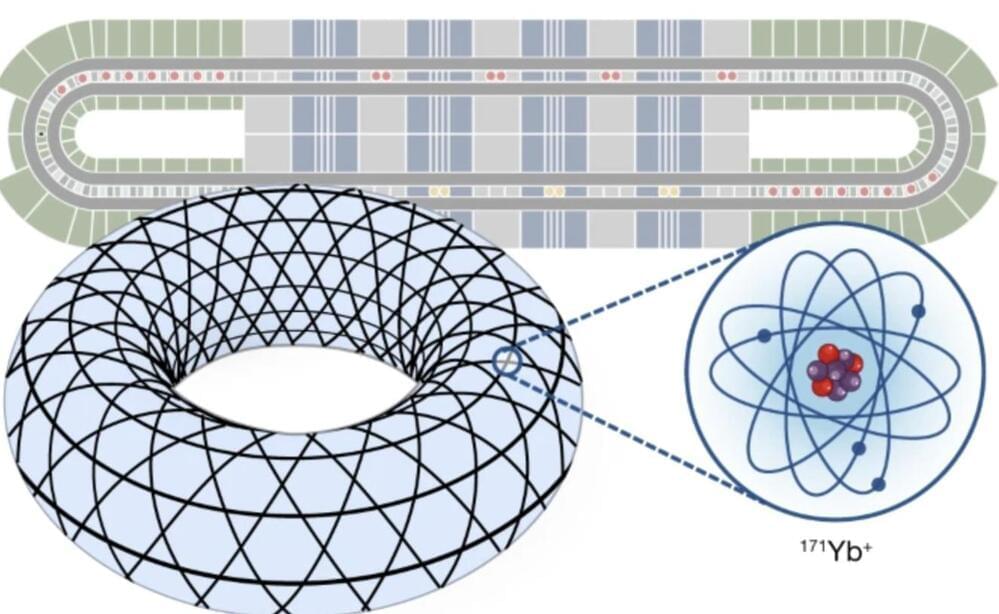Feb 21, 2024
Challenging Traditional Theories — Physicists Develop New Method To Quantify Quantum Entanglement
Posted by Saúl Morales Rodriguéz in categories: computing, quantum physics
Entanglement is a phenomenon in quantum physics where two or more systems become interconnected in a manner that makes it impossible to describe their quantum states separately. When systems interact and become entangled, they exhibit strong correlations. This concept is crucial for quantum computing, as the degree of entanglement directly influences the optimization and efficiency of a quantum computer. The more entangled the systems are, the better the performance of the quantum computer.
A study conducted by researchers affiliated with the Department of Physics at São Paulo State University’s Institute of Geosciences and Exact Sciences (IGCE-UNESP) in Rio Claro, Brazil, tested a novel method of quantifying entanglement and the conditions for its maximization. Applications include optimizing the construction of a quantum computer.
An article on the study is published as a Letter in Physical Review B.

